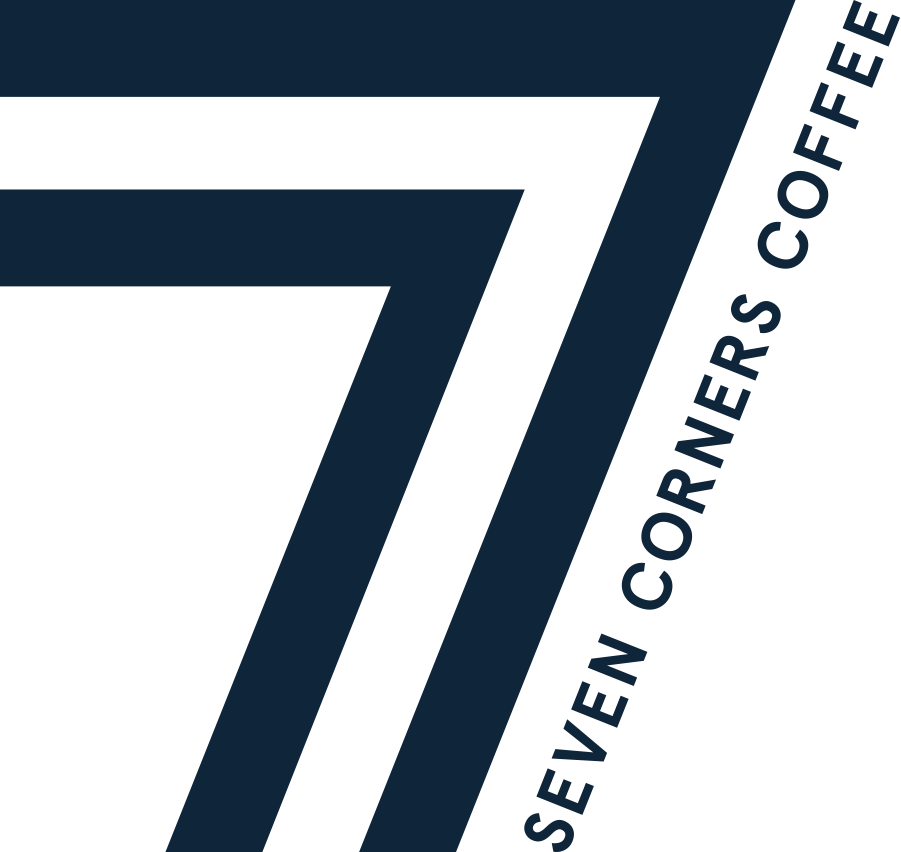These days, it’s common to hear complaining about the cost of coffee. “Four dollars for a latte? I can practically get a full meal for that price!” While you may have a hard time actually finding a four-dollar meal, the question remains: Is modern coffee that expensive?
Compared to other “trendy” beverages, we would say no. Take this chart, for example:

Coffee is quite affordable in this context, especially considering a person going out for wine or beer is likely to have more than one beverage. When someone sees coffee as expensive, however, he or she is likely comparing it to what coffee used to cost. For a long time, the price of coffee changed very little, especially when compared to the rise of inflation. Even in the early 2000s, you could find places that offered coffee for a quarter or two.
This is a classic case of getting what you’re paying for.
The cheap, readily available coffee of the past was generally low quality and poorly brewed. It also came with a hidden cost.
Before the rise of third wave coffeeshops, the origin of any particular coffee grounds was murky at best. A coffee supplier would purchase beans from whomever sold them at the least expensive cost and they would have them roasted, ground and packaged for bottom-dollar prices.
While this kept coffee prices low, it also guaranteed the quality of the coffee would be low. Worse, it made it virtually impossible for coffee farmers to make livable wages. Coffee is generally farmed in impoverished communities and sadly, many coffee farmers have been taken advantage of for a long time.
They were not in a situation to bargain and were forced to sell their coffee for any price they could get. Not only were they working for low pay but the conditions in which they operated were often inefficient and unsafe.
Changing the System
The distribution methods that allowed for cups of coffee to be sold for spare change were not sustainable. Additionally, they were incapable of producing the level of quality for which today’s coffee enthusiasts look. That’s why modern, third-wave coffee shops serve single-origin coffee with traceable roots. And that’s why they charge the prices they do.
It’s critical to building a better, more sustainable coffee economy and it provides a better coffee experience for everyone.
Coffee lovers not only know what country their coffee comes from, but what city and even which farm. This ensures the quality and taste they expect and best of all, it results in more money being paid to the people who work tirelessly to farm the beans.
Building a sustainable coffee economy is largely about transparency. Rather than having distributors operate as unnecessary middlemen to drive down wages and quality, coffee is transferred straight from farmers (or organizations representing the farmers) to ethical roasters.
The final piece in sustainable coffee is environmental conservation.
Coffee farmland often exists in tropical areas where trees and large parts of rainforest have been removed. In fact, agriculture as a whole is responsible for 80% of tropical deforestation. In order to keep the coffee market going, these environments must be protected.
There are a number of ways today’s coffee roasters and distributors go about this. One way we do it is by partnering with the Long Miles Coffee Project to plant trees in the Kibira Rainforest in Burundi.
If you want to contribute to building a better coffee economy or you simply want a great-tasting latte, visit our coffee shop by the U of M. With our rotation of featured roasters from around the country, there’s always something new to discover!

